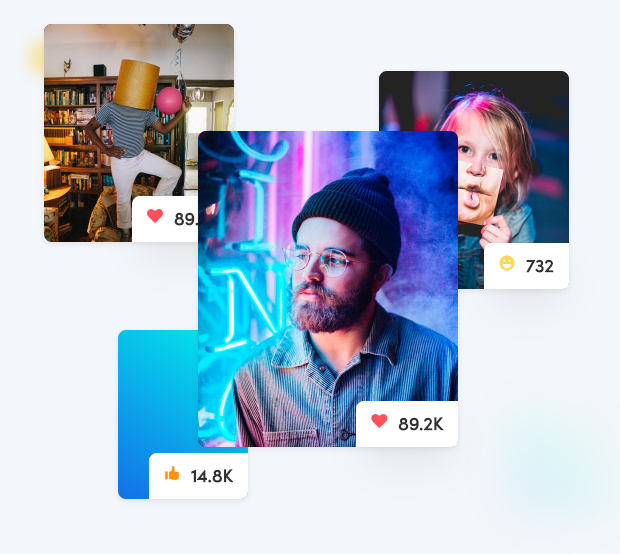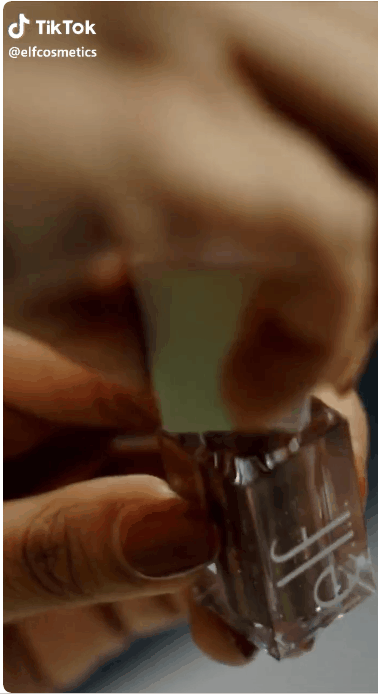The Rise of TikTok During COVID-19

The coronavirus and its spread has changed the way people interact with each other. Keeping social and physical distance, although only temporary, is now the norm. People stay at home in isolation, unable or unwilling to leave their homes and engage as a community.
Fortunately, people have found other ways to come together and connect. Some turn to digital conferencing apps like Zoom. Others escape to media like Netflix and YouTube. But an increasing number are jumping onto a quirky yet compelling app called TikTok, and loving every second of it.
TikTok is a social media app that allows users to create, promote, and react to short-form music video content. TikTok users have been using the app to create videos of themselves dancing, acting and exercising to audio clips and sharing it with their friends.
The concept has proved immensely popular. According to official company announcements, TikTok has over 500 million monthly users, and has been downloaded from the Google Play store over 1 billion times.
“TikTok is not only a completely fresh and unique opportunity for people but also for small and large brands. The impact brands have on culture will eventually lead to an impact on business. By connecting with the community on a creative level, you’re able to tap into new audiences who may not be active on other platforms.”
— Kiana Corpus, Paid Social Coordinator at Tinuiti

The app’s popularity was on the rise even before the coronavirus hit. Young TikTok users had been creating energetic and fun music videos to entertain themselves and their friends, and in the process engaged others from all over the world.
In the early months of 2020, TikTok had grown its influence across different age and regional demographics and drawn more attention from brands and advertisers looking for the next big social media platform.
As the coronavirus began spreading across the world, governments ordered citizens to practice social distancing and to stay at home in order to curb infection rates.
Now forced into isolation, people all over the world suddenly need a way to both entertain themselves and connect with others. Many people latched on to TikTok, that quaint music video app their friend or child was using, and things only snowballed from there.
TikTok has since become a media sensation. Publications all over the internet are writing about how people are connecting with each other over the platform. Take the family who created the first-ever Quarantine Olympics, for example. Or the Vancouver teen who became a TikTok idol–in Italy. Educators are figuring out how to leverage TikTok, too; some want to keep kids learning, and others just want to connect.

Celebrities are getting into the act as well, further improving TikTok’s star power and draw. TikTok and LivexLive recently launched a 48-hour digital music festival where a host of up-and-coming musicians performed live on the platform. Actress Judi Dench drew attention when she performed on TikTok with her grandson. And Korean K-pop sensation (G)I-DLE took a TikTok dance challenge head-on with ridiculous ease.
According to Music Business Worldwide, the week of March 16th the video app was downloaded 2 million times (an 18% increase in downloads from the previous week). The app also saw a 27% increase in the first 23 days of March compared to February with 6.2 million downloads.
In order to ensure families can enjoy the app in safety, TikTok updated it with much-needed family safety controls like tighter restrictions on Direct Messaging for minors and better content filters.
But TikTok isn’t just helping through its app. The company has made several very large donations to various organizations like the Royal College of Nursing Foundation to help combat the COVID-19 virus.
Why is TikTok getting so many people hooked, as opposed to larger and more established platforms like Facebook and Instagram? What is so compelling about this quirky app?

Strong identity. TikTok is an app that knows what it is: it helps users make and share music videos. Every single feature in its UI is built for this purpose, which makes it easy for new users to pick up and learn.
Engaged community. TikTok had a rabid following even before the coronavirus hit; which is fortunate, because these veterans were there to pull in and welcome the newcomers as they trickled in over the course of the quarantine.
Compelling content. Despite its deceptively simple premise (make music videos), TikTok allows multiple ways users can interact with each other. For instance, in addition to creating their own original 15-second music video, users can “react” to another’s video by either matching the moves or using it as a foundation for their own. Users have also gotten very refreshingly creative with their content (such as the Quarantine Olympics mentioned above).
Social distancing. It’s impossible to talk about TikTok’s current success without talking about the larger context of the coronavirus. People are cut off from physical human contact and need a diversion to get them through a difficult period. TikTok provides all of the above in an easy-to-use and accessible format.
The coronavirus brought a surge of new TikTok users that are outside its usual demographic of teenagers. This allowed the community to achieve unprecedented levels of reach and engagement in the app’s relatively short history. Whether or not they’ll stick around once quarantine is over is completely up to TikTok.
“TikTok will set itself apart among other social platforms as it ‘ages up’ faster due to COVID-19. Every platform starts out with the youngest demographic as early adopters and eventually grows with older users. With TikTok, this will accelerate.”
– Lauren Guerrieri, Sr. Manager, Paid Social at Tinuiti

“Just a month ago, 70% of the platform usage came from Gen Z (ages 18-24) and now we’re seeing Millennials, Gen X and even Baby Boomer generations engaging on the platform to keep in touch with loved ones,” Guerrieri says.
“TikTok is a creative place, promoting the utmost positive messages. Educational content is also increasing on the platform during this time. Our advice: jump on TikTok today. The key? Create content that educates or resonates using humor or music or both.”
To learn more, be on the lookout for Tinuiti’s upcoming guide on TikTok advertising and creative in June 2020.
